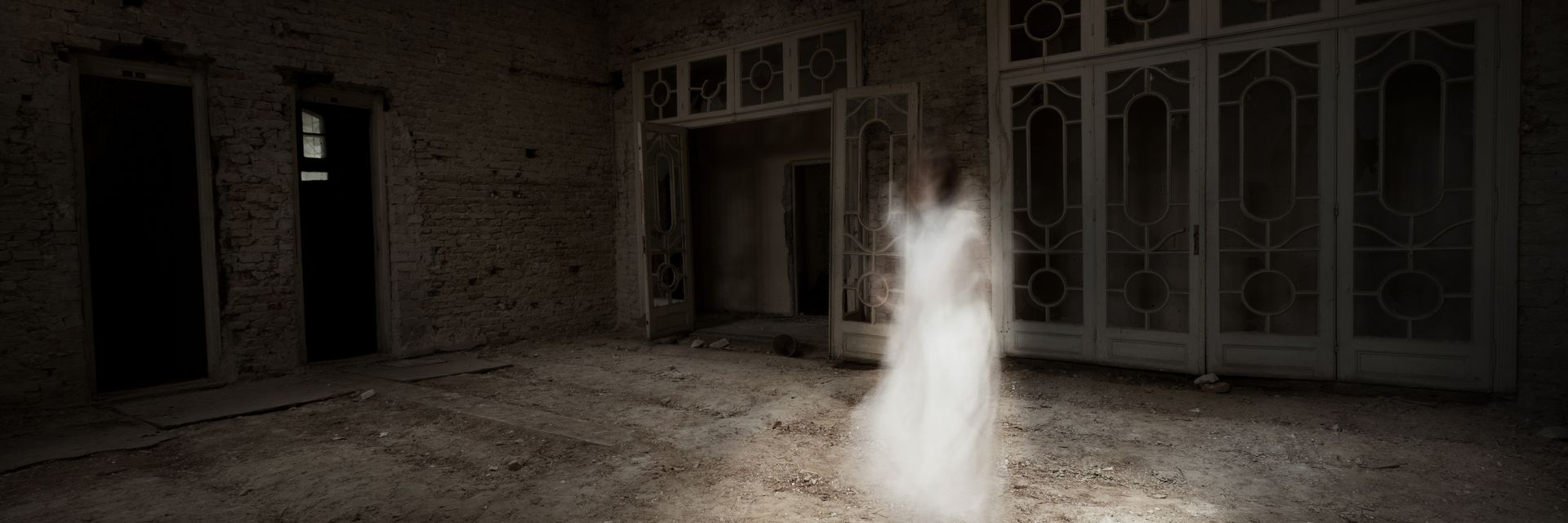You’ve seen the many documentaries about ghost hunters wandering through dimly lit houses, casting flashlights around shadowy houses as ominous music plays. Though ghost hunting has been surging in popularity for the past few decades, humans have always believed in (and attempted to make contact with) paranormal beings. If reason tells us that ghosts, cryptids, and aliens aren’t real, why do so many of us think we see them? Evolutionary psychology, unconscious biases, and our religious beliefs provide some explanations.
◊
Few supernatural beings are reportedly observed more frequently than ghosts. According to one study by the Pew Research Center, roughly one-fifth of Americans believe that they’ve seen a ghost, and 29 percent say they’ve made some form of contact with the dead.
Today, ghosthunting is a more popular pastime than ever. MagellanTV alone has dozens of documentaries about paranormal encounters, ranging from William Shatner’s series, Weird or What (which dives into terrifying encounters with creatures that appear to be from other realms, among other topics) to “Paranormal Home Inspectors” and “Anomaly: Haunting Stories of Paranormal Investigations,” which both follow ghost-hunting teams on their journeys through various haunted houses, castles, and towns. And of course, you can find countless other docuseries like Ghost Hunters on the TV at any given time.
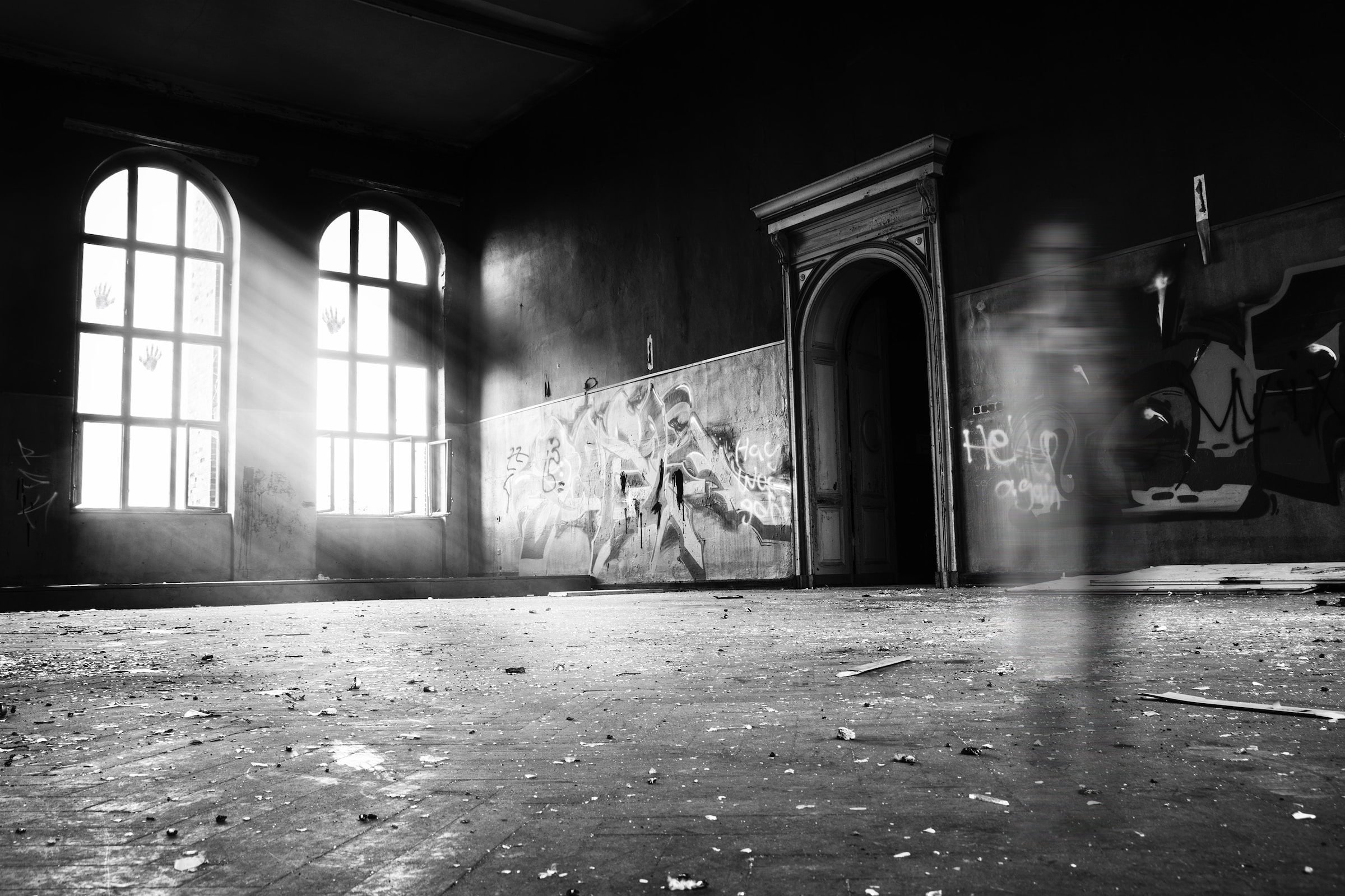
Source: Erik Müller on Unsplash
It would be pretty presumptuous to say that we absolutely know for certain that ghosts are not real. Still, when put on the spot, most of us (I’d wager) would insist that we don’t believe in ghosts. But I’d also wager that if you found yourself in a house you’re told is haunted, you’d have a decent chance at catching a glimpse of a mysterious presence. There are many scientific explanations as to why this is. Here are a few of them (and also a few caveats to keep in mind).
Explanation 1: Excess Stimuli and the Power of the Mind
Have you ever noticed that if you start looking for signs, they tend to appear? Start scanning the streets for religious iconography and you’ll spot illuminated Virgin Marys on every street corner. Find yourself alone in the woods at night, and you might see Slenderman or other ghoulish shapes lurking in the trees.
According to the scientist Michael Ness, “We actively construct an internal, mental version of the physical world that reflects our own biases and expectations.” Basically, we experience and sense far too much information to process successfully, and so everything we see is filtered through our own minds.
One way we comprehend excess stimuli is through “pareidolia,” which the Merriam-Webster Dictionary defines as “the tendency to perceive a specific, often meaningful image in a random or ambiguous visual pattern.” This is the same phenomenon that causes us to see a man in the Moon, aliens in photographs of Mars, Satanic messages in Led Zeppelin records played backwards, or specific shapes in the Rorschach Inkblot test. It means that when we look at random collections of shadows and light, we’re likely to shape them into ghostly faces.

The controversial "Face on Mars." Image by Scottperry via English Wikipedia
Pareidolia is often more extreme in cases of sensory and perceptual disorientation, and can be worsened by extremely stressful experiences. Some of the more notable accounts of seeing ghosts come from lone sailors lost at sea, mountain climbers, and polar explorers. Starvation, lack of sleep, and other stressors also make people more likely to spot apparitions where there are none.
Clearly, when it comes to seeing ghosts, we have our subconscious minds to blame. People with certain psychological traits, like empathy, strong focus, active imaginations, and fearfulness, are more likely to see supernatural phenomena. Plus, psychological disorders like sleep paralysis, dementia, or schizophrenia can lead to ghost sightings.
Explanation 2: Messages from the Subconscious
There are few better examples of the power of the subconscious mind than the Ouija board. Many studies have concluded that any messages that a Ouija board might spell out are caused by the people using it, consciously or unconsciously moving the planchette into words and messages. The mechanism that powers the Ouija board is called the “ideomotor effect,” which means that your brain is signaling your body to move on an unconscious level.
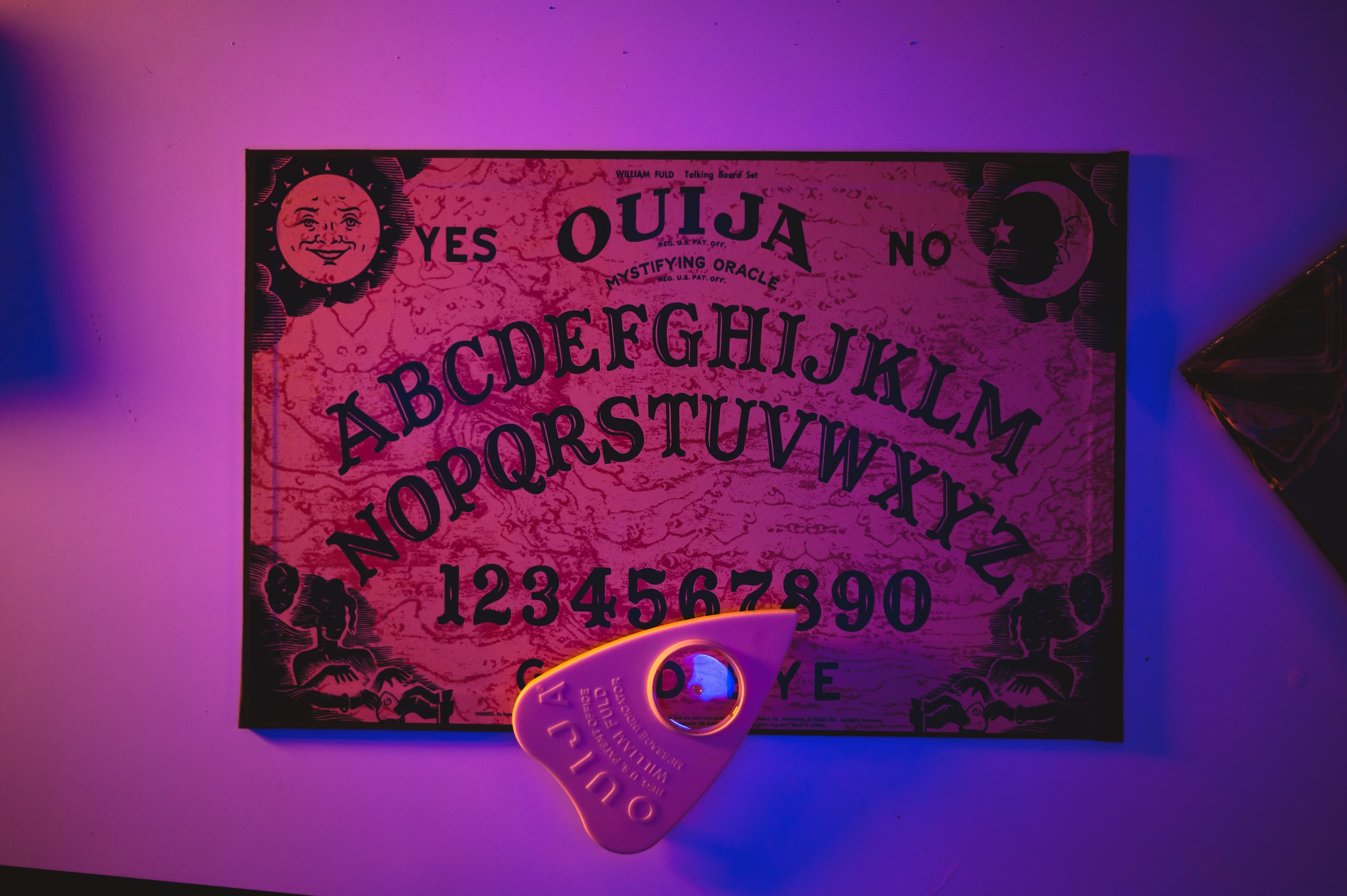
Source: Colton Sturgeon on Unsplash
Personally, I don’t find this any less creepy or fascinating than the idea that a Ouija board might be a way of communicating with the undead. Plus, if Carl Jung is to be believed, our subconscious minds connect to something called the “collective unconscious,” a shared sea of memories and messages that all humans share – so by tapping into your unconscious, you may well be connecting to very ancient, primordial symbol or feeling.
To continue on the Jungian wavelength, some people have proposed that ghosts might be manifestations of feelings or memories that have been collectively repressed. As Nathan Heller writes in The New Yorker, perhaps “we talk about the ghosts who chase and haunt us because we don’t like to face much about our pasts.”
Explanation 3: Evolution and the Survival Hypothesis
Many of us tend to glorify realism and rationality, raising eyebrows at people who’ve convinced themselves that their apartment is haunted by the angry ghost of a former tenant.
But actually, tracing the history of human evolution back to the days of campfires and cave art, a certain level of paranoia may have been (and in some ways still is) a valuable survival mechanism. In evolutionary psychology, our tendency to overreact to potentially threatening stimuli is thought to be a kind of “agency-detection mechanism,” an innate reflex that essentially forces us to think the worst. It makes sense: If you heard a growling in the night and wrote it off as the wind, but it turned out to actually be a tiger, you’d be screwed – while your paranoid friend might have survived to pass his paranoia and caution right down to the next generation.
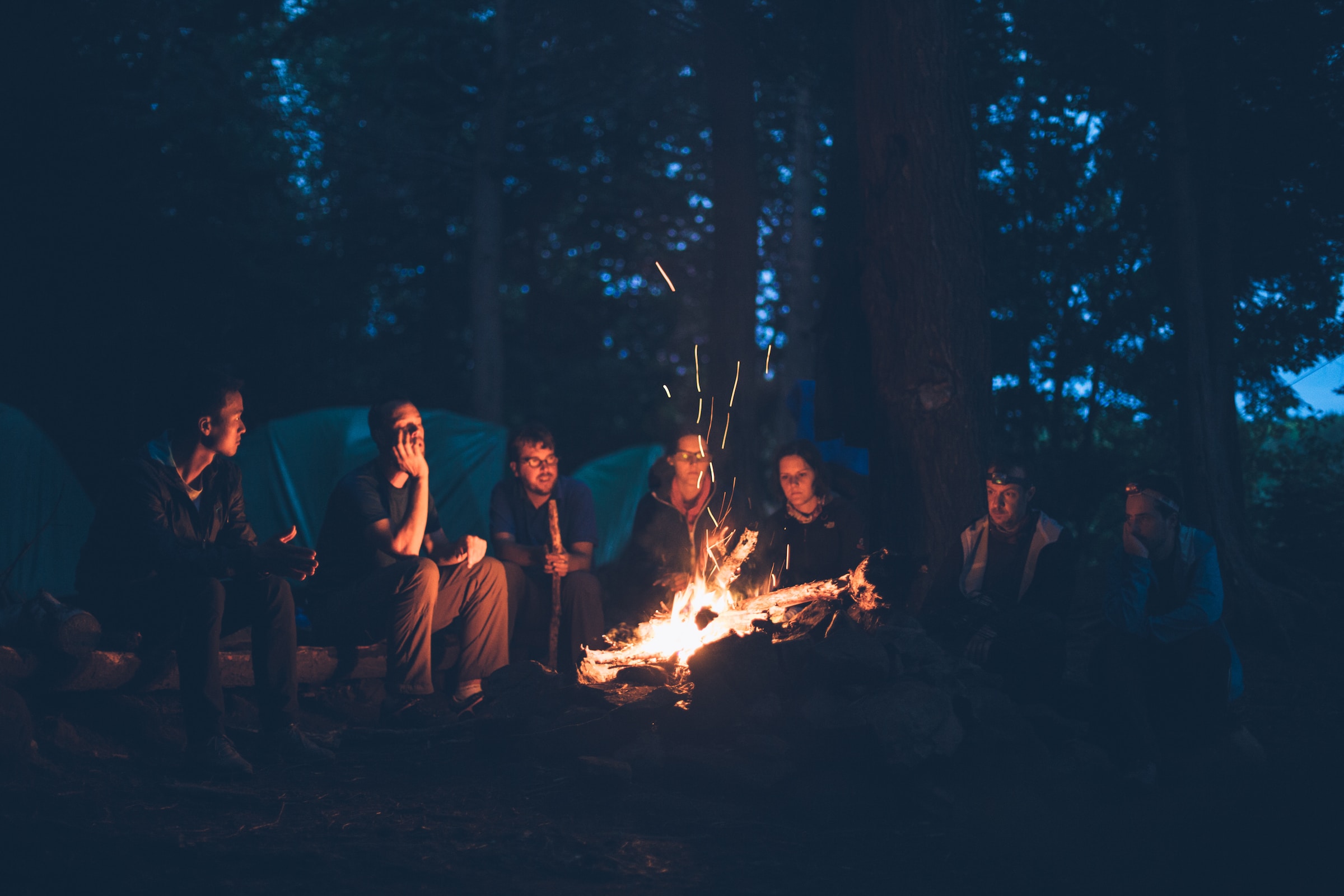
The campfire, location of the first story. Source: Mike Erskine on Unsplash
This concept might also explain why we’re so likely to see human faces and humanoid monsters in incidents of pareidolia. From an evolutionary standpoint, we innately know that mistaking an inanimate object for a human or large creature is safer than failing to notice another pair of eyes in the darkness.
So the next time someone makes fun of you for running away from a ghostly presence, let them know that you’re just exhibiting the strengths that allowed your ancestors to worry their ways to survival.
Explanation 4: Religion, Death, and the Paranormal
Another reason why we might be so willing to believe in ghosts might be connected to why we’re so inclined to believe in various faiths. These things provide answers to unanswered mysteries about the universe and, particularly, what happens after we die.
Unsurprisingly, the religion you practice can influence the kinds of ghosts you see (if you do happen to believe you see them). But while many religions provide clear answers about what happens after death, being devout doesn’t necessarily mean you’ll be more open to the idea of paranormal activity.
Actually, many studies have found that people who hold religious beliefs or faith in the divine, but who do not regularly attend religious services, are twice as likely to believe in ghosts. So, if you identify as “spiritual but not religious,” you’ve got the best chance of running into Casper.
“The less religious participants were, we found, the less they perceived their lives as meaningful. This lack of meaning was associated with a desire to find meaning, which in turn was associated with belief in U.F.O.s and alien visitors… As with traditional religious beliefs, many of these paranormal beliefs involve powerful beings watching over humans.” – “Don’t Believe in God? Maybe You’ll Try U.F.O.s,” Clay Routledge, The New York Times
So, perhaps our interest in ghosts has something to do with hoping that there’s life after death, or wanting to keep in contact with the deceased, especially if we don’t have religious beliefs to help bridge the gap.
Many studies indicate that nearly half of widowed elderly Americans have seen a hallucination or vision of their departed spouse. This is actually a positive, normal mechanism for coping with such trauma and change. Still, while belief or interest in the paranormal might fill the void that an absence of religion has left, some worry that these beliefs rarely lead to the kind of community, support and clear meaning that religion tends to provide.
“I worry that, especially as the Millennium edges nearer, pseudoscience and superstition will seem year by year more tempting, the siren song of unreason more sonorous and attractive. [These superstitions tend to arise] whenever our ethnic or national prejudices are aroused, in times of scarcity, during challenges to national self-esteem or nerve, when we agonize about our diminished cosmic place and purpose, or when fanaticism is bubbling up around us.” Carl Sagan, The Demon-Haunted World: Science as a Candle in the Dark
Overall, it seems that our interest or tendency to shape scattered stimuli into evidence of the paranormal may be indicative of our desire to find meaning, belonging, and reassurance that there are higher powers at work.
Explanation 5: Infrasound, Electricity, and Other External Forces
Though most of the evidence shows that ghost sightings come from within the mind, there are ways that the outside world can convince us that we’ve witnessed a paranormal event.
One commonly cited cause of “haunting” is “infrasound”, or sounds that are too low for us to hear. Whether they come from fans or other sources, these sounds are everywhere, and can make our hair stand on end and convince us that we’re hearing voices.
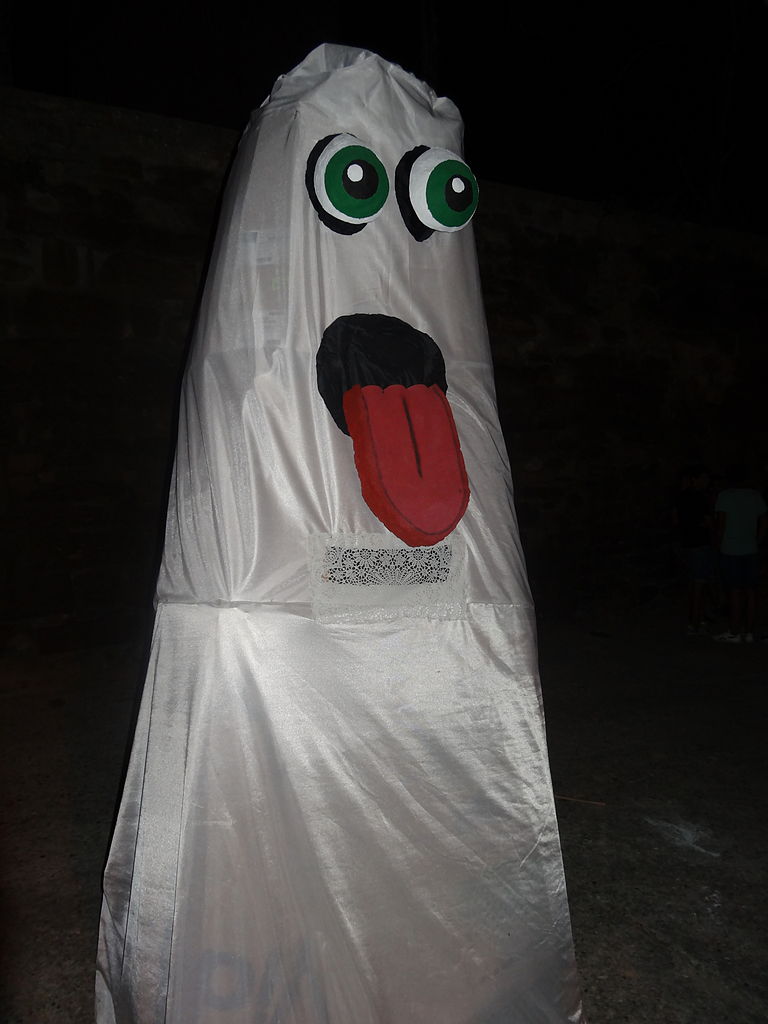
Source: Jordiferrer, via Wikimedia
Another scientific explanation proposes that electromagnetic energy, or the electric fields generated by power lines and technology, can alter our perception. Some people have theorized that these energy fields can disrupt our temporal lobes, where the brain synthesizes information. When our subconscious minds detect sounds or electric waves, we might synthesize them into visions that align with our altered imaginations.
Carbon monoxide and toxic mold, which can both cause hallucinations, are other logical explanations for ghost sightings, alongside afflictions like sleep paralysis and dementia. But science and logic have been wrong many times before, and that leads us to one final reason that we see so many ghosts …
Explanation 6: Ghosts Are Real!
Perhaps ghosts really do exist. There are, after all, thousands of ghost stories, urban legends, and inexplicable evidence of paranormal activity that fill the Internet. Much of it has yet to be debunked. And although it’s hard to be sure what is true, you never know – there could be some grain of truth to all our beloved stories about blood-streaked walls, moving objects, and messages from the divine.
Humans have wholeheartedly believed in the presence of supernatural beings since time immemorial. In Pagan times, Halloween began as what’s known as “samhain,” and was thought to be the day when the realm between the living and the dead overlapped; the same goes for the Mexican holiday, the Day of the Dead. In recent years, the boundaries between science and religion have overlapped, expanding our understanding of reality in ways many of us never would’ve thought possible.
Though mainstream science explains away the existence of ghosts, you never really know. Maybe those orbs in the corner of your old Polaroid photo really are trapped souls. I don’t want to rule out the possibility entirely … lest any ghosts are reading this and preparing to teach me a lesson.
Ω
Title image: Ghost Girl in White Appears in Grunge Room by user bonciutoma via Adobe Stock.
